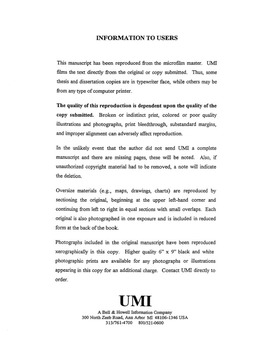| dc.description.abstract | This research explores non-aggressive sibling rivalry over milk in a small mammal, the northern grasshopper mouse (Onychomys leucogaster). Food shortages result in sibling rivalry. Pups from the largest litters grew at slower rates and exhibited greater within-litter variation than did individuals from small litters. Thus, litter size, and quite possibly, the ratio of nipples to pups, influence the intensity of sibling rivalry in grasshopper mice. A young grasshopper mouse has the opportunity for acquiring a disproportionate share of its mother's milk by scrambling for milk through sequentially seeking multiple nipples prior to the next milk delivery, a behavior referred to as 'nipple-switching'. Mean number of nipples acquired per milk let-down per pup was inversely related to litter size. Number of nipples gained per let-down predicted pup growth for individual pups within litters of four, but not other sizes. Food-restricted mothers sometimes trimmed litter size by killing pups, a practice more frequent and bearing more severe fitness costs for mothers with four pups. The special problems facing pups in litters of four may stem from the non-hierarchical nature of a scramble competition and the number of nipples in this species (six). I investigated whether northern grasshopper mouse parental investment is skewed to one sex prior to the onset of weaning. I found no indication of gender bias for birth sex ratio, pup mass, behavioral measures of suckling, or sex ratio adjustment via infanticide. I tested whether sons of northern grasshopper mouse mothers that had been experimentally food-stressed during lactation were less attractive after reaching sexual maturity than sons whose mothers had free access to food while nursing their young. Estrous females visited sons of unstressed mothers more often and spent greater amounts of time in chambers associated with such males. Female preference for sons of well-fed mothers suggests that male reproductive success may hinge, at least in part, on adequate maternal investment, which may be influenced by sibling competition. Given the differences in how parental resources are delivered between birds and mammals, we should expect an army of novel mammalian strategies in how rivalries are resolved. | en_US |
